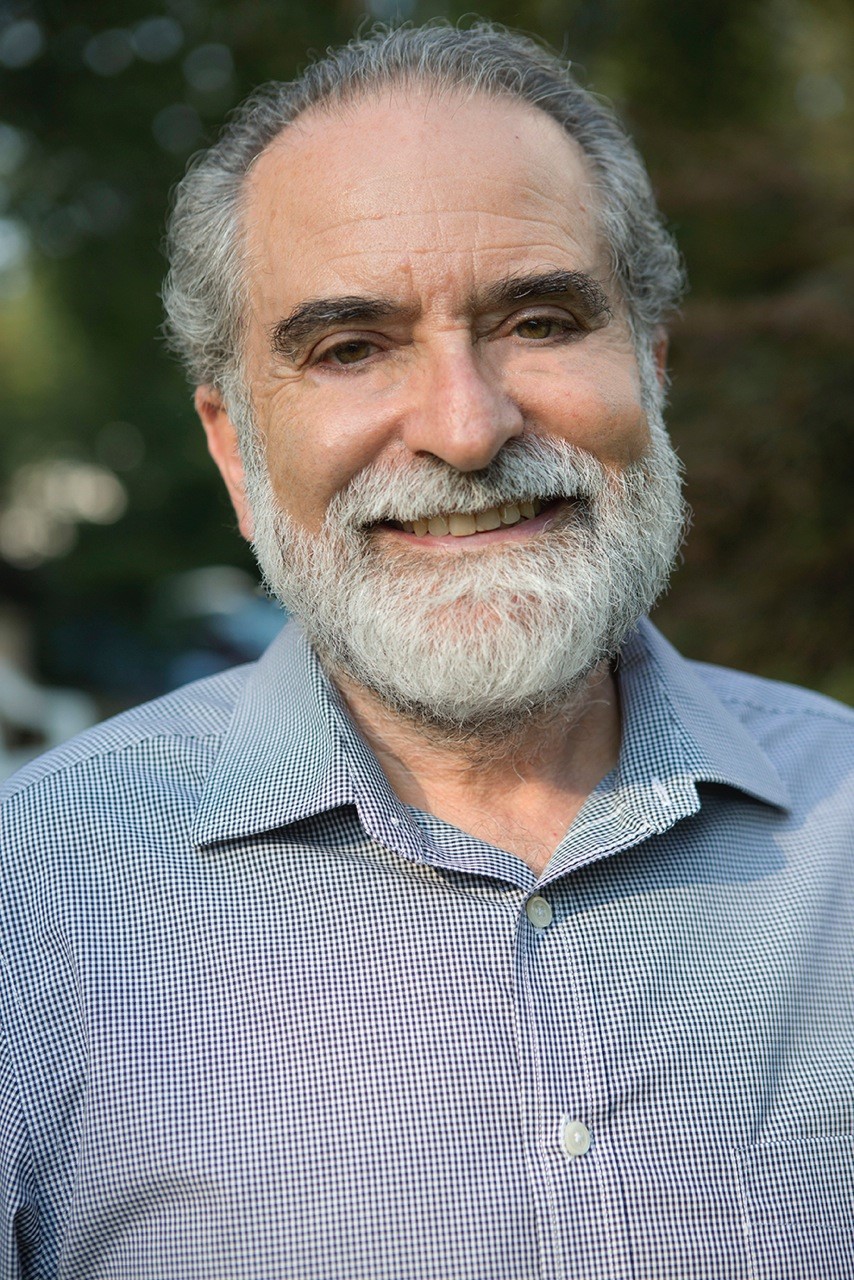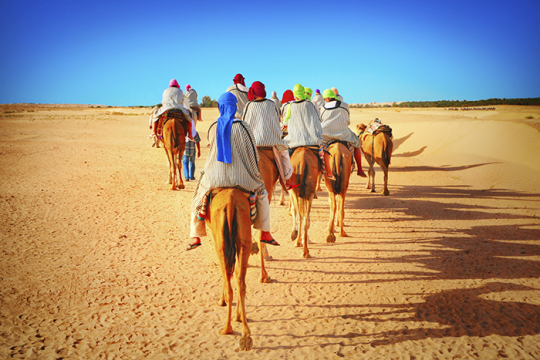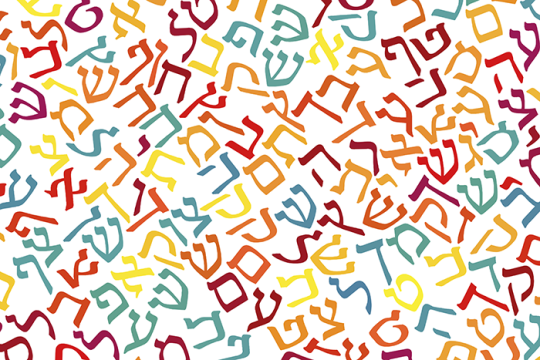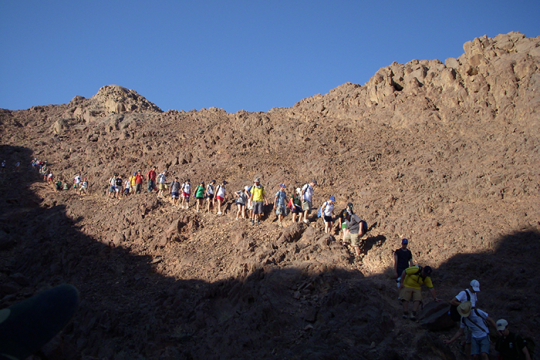
Cantor Elizabeth Sacks is senior cantor at Temple Emanuel in Denver, Colorado. Ordained as a cantor by the Hebrew Union College-Jewish Institute of Religion (HUC-JIR) in 2007, she holds a B.A. in Jewish studies and music from Harvard University. She previously served as the associate cantor at Central Synagogue in New York.
Cantor Sacks is married to Elias Sacks, associate professor of religious studies and incoming director of Jewish studies at the University of Colorado Boulder. They live in Denver with their children, Charlie and Tova.
I caught up with Cantor Sacks to talk about her career path and to gain some of her insights as our Ten Minutes of Torah commentator on the Book of Deuteronomy.
ReformJudaism.org: What were some of your most significant Jewish experiences growing up?
We belonged to Temple Israel Center in White Plains, NY, a Conservative congregation that had become fully egalitarian about the time I was a young religious school student. I was one of the first girls there to have the opportunity to learn fully the liturgy of the service. Through this experience, I was introduced to and immediately captivated by the intensity of a community committed to prayer.
Did you attend a Jewish summer camp?
Indirectly. I was a ballet dancer and spent most of my summers immersed in dance, music, and art. Around bat mitzvah age, I attended a dance camp run through the YM/YWHA in Westchester, N.Y. Coincidentally, one of the camp staff was a rabbinical student and noticed how much I liked Jewish learning. He created an independent study course for me on Pirkei Avot (Sayings of the Sages). It was the best of both worlds.
What led you to become a cantor?
I had the great fortune to have Hazzan Jacob (Jack) Mendelson as our cantor and later my mentor. He noticed that I was always singing in the hallways and said, “You should be in my synagogue junior choir.” I joined along with a number of other students, many of whom would also eventually become cantors.
When it came time for my bat mitzvah, he taught me the traditional liturgy of the entire Shabbat morning service, which I chanted in addition to reading from the Torah. Right after I became a bat mitzvah, Cantor Mendelson gently planted a little seed in my brain that would lead to my eventually enrolling in the School of Sacred Music at HUC-JIR, where he was one of my professors.
What led you to choose to comment on the Book of Deuteronomy?
I was interested in exploring the tension throughout that book between recounting a story and actually experiencing events. Deuteronomy is unique in the Tanach (the five books of the Torah together with the eight books of the prophets, and the 11 books of writings) as a window into the art of re-telling and the power and limitation of words to re-capture or re-invent past experiences.
One of the things I think about all the time as a cantor is the tension between rational and emotional experience, or conscious and subconscious experience, the limits of each, and how they connect.
While I thoroughly appreciate the importance of language and verbal communication, I also recognize that there’s a limit to how much I or anyone can internalize purely through words. I want to feel the wholeness of what is happening in the text, to experience it from multiple perspectives – such as musically or physically, each of which stimulates a completely different part of the brain.
Is that why your commentary on Parashat D'varim is titled " Words, Words, Words"?
We are a people of words, but we need to ask: How many words are too many? When do words divert, obscure, or diminish the moment as opposed to clarifying it? I think the best course is to find the right balance between talking and taking action.
I found it fascinating that you referred to musical notation to clarify a translation question. Would you lead us through your reasoning?
The Torah: A Modern Commentary, revised edition, translates Deut. 2:3 as “You have been skirting this hill country long enough.” I favor “circling” over “skirting,” and to support my opinion, I quote a source that connects two verses: “Walk around Zion, circle its towers” (Psalm 48:13) and “Take a lyre, go around the town…” (Isaiah 23:16).
I want to make the point here that the Torah trope for this phrase highlights the circular meaning, as the words are chanted with a cantillation mark that moves the voice up and then back down again in almost a complete musical circle.
Part of the wisdom of our tradition is that enacting the text through music gives us a subconscious connection to the text and allows us to communicate its meaning on multiple levels simultaneously.
That may be why Deuteronomy changes course at the end and closes with song. For his final communication to the people, after three stirring orations in words, Moses chooses the lasting imprint of music and melody. As a great leader and teacher, Moses demonstrates both the necessity of multiple modalities and the interpersonal understanding that in times of emotional transition and liminality, we crave the profundity and comfort of music.
Want to hear more from Cantor Sacks and other Reform Jewish scholars and commentators and scholars? Sign up to receive Ten Minutes of Torah and other ReformJudaism.org newsletters.



